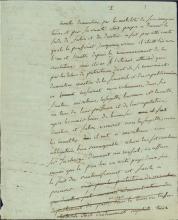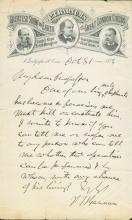Peter Paul Rubens receives the commission of a lifetime
Submitted by Anna Culbertson on Fri, 05/20/2011 - 12:33pmIn 1621, Peter Paul Rubens received Marie de’ Medici’s commission to create 24 tableaux for the decoration of two galleries in the Luxembourg Palace. The commission, which would come to be known as The Marie de' Medici Cycle, included a series of 21 paintings constructing a panegyric “visual biography” of Marie de’ Medici along with three portraits – of Marie, her mother and father. By early 1622, the terms of the contract were negotiated and Rubens had three years in which to finish one of the most challenging projects of his life, both artistically and intellectually.





